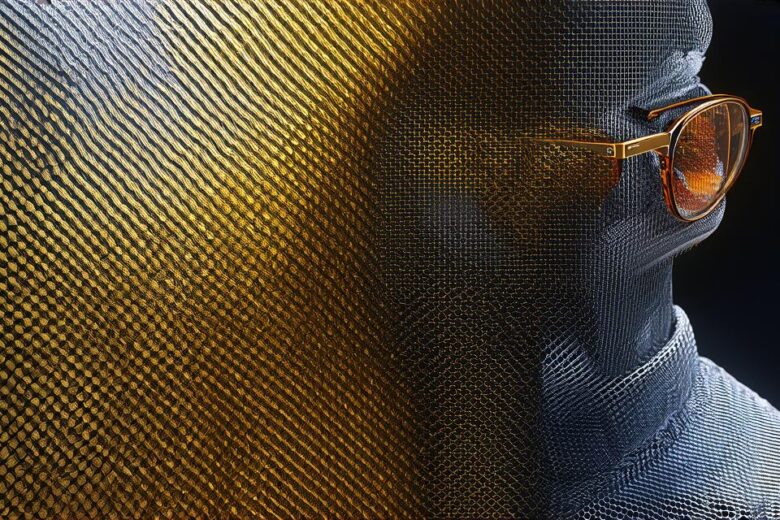Augmented reality (AR) is a technology that overlays digital information on top of the real world, creating an immersive and interactive experience for users. At the core of AR are meshes – mathematical representations of 3D objects that allow the virtual world to be rendered in real-time.
What is a Mesh?
A mesh is a collection of vertices (points) and edges (lines) that define the shape and structure of a 3D object. The vertices represent the different points on the surface of the object, while the edges connect these points to form a continuous surface. Mesh data can be represented in various formats, such as OBJ or FBX, which are commonly used for 3D modeling and animation.
In AR, meshes are used to define the 3D objects that are overlaid on the real world. These objects can range from simple geometric shapes to complex models of real-world objects, such as buildings or vehicles. By defining the shape and structure of these objects using a mesh, AR applications can render them in real-time, allowing users to interact with them in a variety of ways.
How Mesh Data is Processed in AR

When an AR application is launched, it loads the mesh data for the 3D object that it wants to overlay on the real world. This data is then processed by the device’s graphics processing unit (GPU) to create a virtual representation of the object. The GPU uses specialized algorithms to render the object in real-time, taking into account the position and orientation of the device, as well as any other factors that may affect the way the object appears.
The resulting virtual object is then overlaid on top of the real world, creating an immersive and interactive experience for the user. Depending on the complexity of the mesh data and the capabilities of the device, the rendering process can be quite resource-intensive, requiring significant computational power. However, with advances in hardware and software technology, AR applications are becoming increasingly efficient and accessible to a wider range of users.
Summary
Mesh data plays a crucial role in augmented reality, allowing developers to define the shape and structure of 3D objects that can be overlaid on top of the real world. By processing this data in real-time, AR applications can create immersive and interactive experiences that allow users to interact with virtual objects in a variety of ways. As mesh technology continues to evolve, we can expect to see even more innovative uses for this powerful tool in the world of augmented reality.
